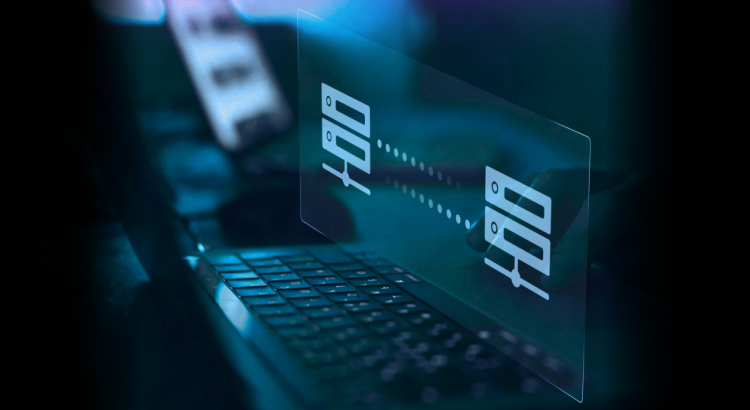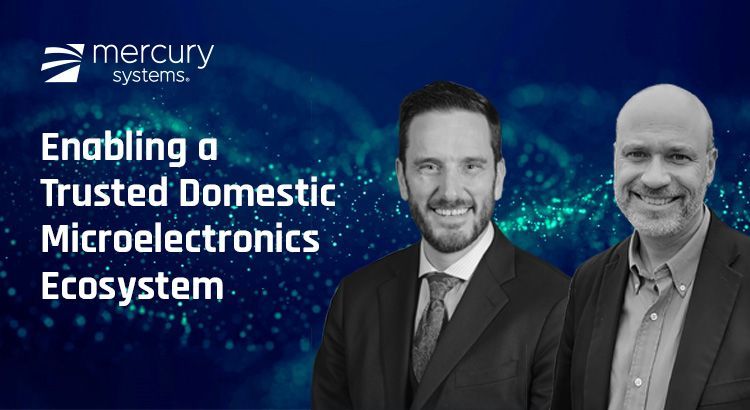
That’s classified! The history and future of NSA Type 1 encryption
Shaza Khan
April 11, 2024
NSA Type 1 is a data encryption standard that delivers the highest level of security assurance available and provides maximum protection against all forms of attack. Type 1 devices are often considered classified and may require special handling, storage, security, and transportation. They are trusted for their reliability and the extensive security measures they implement.
The history of NSA Type 1 encryption
The NSA Type 1 Encryption program has a rich and complex history, shaped by evolving threats, technological advancements, and the need to protect classified information.
The roots of the NSA Type 1 encryption program can be traced back to the early days of the National Security Agency (NSA). Established in 1952, the NSA was tasked with ensuring the security of U.S. communications and protecting classified information. The inspiration behind the development of Type 1 encryption stemmed from the growing need to safeguard sensitive government data from prying eyes and potential adversaries.
Several key players were involved in the design and implementation of the NSA Type 1 encryption program. Notably, the NSA's Information Assurance Directorate (IAD) played a crucial role in developing and certifying encryption systems for Type 1 use. Additionally, experts within the cryptographic community, both from government and academia, contributed their knowledge and expertise to shape the program.
Type 1 products, which included devices and systems, underwent difficult certification by the NSA to ensure they met stringent security standards.
Over the years, the NSA Type 1 encryption program has evolved to keep pace with changing security requirements and advancements in technology. Major milestones include the approval of published algorithms, such as Skipjack and AES, for Type 1 use in NSA-approved systems in 2003. This marked a significant step forward in providing secure encryption solutions for classified information.
By setting strict encryption standards and certifying products for Type 1 use, the NSA has played a critical role in safeguarding sensitive government data. The encryption technologies developed as part of the program have also influenced the broader cybersecurity landscape, driving innovation and raising the bar for secure communication across the world.
NSA Type 1 encryption and features
By employing complex algorithms and cryptographic techniques to create strong encryption keys, NSA Type 1 makes it extremely difficult for unauthorized entities to decrypt the protected data. Additionally, NSA Type 1 encryption adheres to stringent certification standards, ensuring that only approved devices and systems are used to handle classified information.
The mechanics of NSA Type 1 encryption technology are complex, but they offer advanced features that make it highly secure and reliable. These features include:
- Key Management: NSA Type 1 encryption uses a sophisticated key management system that ensures only authorized personnel can access sensitive information.
- Tamper Resistance: NSA Type 1 encryption hardware is designed to resist tampering or reverse-engineering attempts, making it highly resistant to physical attacks.
- Trusted Paths: NSA Type 1 encryption uses trusted paths, a security mechanism that prevents software-based user imitation, even with valid credentials, to ensure that only authorized users can access sensitive information.
- Isolation: NSA Type 1 encryption employs isolation, a security strategy that prevents other software from running at the same time or on the same hardware using shared resources, to prevent unauthorized access to sensitive information.
The encryption algorithm used in NSA Type 1 is a closely guarded secret. Its design undergoes rigorous evaluation, ensuring resistance to known cryptographic attacks. This level of scrutiny and testing ensures that the encryption remains resilient against both current and future threats. The NSA, along with its partners in the private sector and academia, must remain vigilant in adapting and evolving encryption technologies to stay ahead of adversaries.
Controversies and future of NSA Type 1 encryption:
The NSA Type 1 encryption program has not been without controversies. In the early 1990s, the NSA attempted to control the availability of strong encryption to the general public. This led to concerns over privacy and the potential for government surveillance. One example is the controversy surrounding the "Clipper Chip," a special chip developed by the NSA for encryption purposes. Critics argued that the Clipper Chip would allow the NSA to bypass encryption and access private communications.
These controversies had a profound effect on users of encryption products, who became more aware of the need to balance security measures and privacy. They prompted a wider debate on encryption policies and the role of government in regulating cryptographic technologies. Addressing privacy concerns and ensuring transparency in the development and deployment of encryption solutions became essential in maintaining public trust.
Use cases for NSA Type 1 encryption: Military communications and beyond
Military communications are one of the most common use cases for NSA Type 1 encryption technology. This includes both land-based and satellite-based communications systems employed on a wide range of military technologies, including secure smartphones, tablets, computers, unmanned aerial vehicles (UAVs), and ground vehicles. For example, the Mobile User Objective System (MUOS) is a secure satellite-based communications system used by military personnel to communicate securely over long distances. The Navy AN/USC-61(C) maritime radios designed for Navy surface warship and submarine communications also require NSA Type 1 encryption. By encrypting communications, NSA Type 1 ensures that only authorized personnel can access and decipher the transmitted data, protecting it from cyber threats. This vital capability ensures the confidentiality, integrity, and availability of critical military information.

“Encryption is the primary means for protecting the confidentiality and providing authentication of sensitive land mobile radio (LMR) voice and data communications” - CISA transition to AES white paper
NSA Type 1 encryption is also used in protecting national security interests, securing critical infrastructure, and safeguarding sensitive corporate information. For example, the U.S. government uses NSA Type 1 encryption to secure critical infrastructure such as power plants, water treatment facilities, and transportation systems.
The impact of quantum computing on NSA Type 1 encryption
While NSA Type 1 encryption has proven highly secure, the rapid advancement of quantum computing poses a potential challenge. Quantum computers have the potential to break traditional encryption methods by exploiting the computational power of quantum bits or qubits.
Quantum computers, with their exponentially greater processing capabilities, may render current encryption algorithms obsolete, including NSA Type 1. This has led to concerns regarding the future security of military communication networks.
Recognizing the potential threat posed by quantum computing, the military has been actively investing in research and development to mitigate its effects on encryption. It is exploring new cryptographic techniques resistant to quantum attacks, such as post-quantum cryptography (PQC) algorithms. These algorithms aim to provide secure encryption, even against the computational power of quantum computers.
Additionally, the military is exploring trusted computing technologies and advanced encryption telemetry systems to enhance the security of military networks. These technologies aim to protect sensitive data by incorporating hardware-based security measures and implementing secure communication protocols.
Meeting the demands for NSA Type 1 encryption
Encryption plays a crucial role in securing communication channels for government and military organizations operating at the edge and NSA Type 1 encryption devices ensure a high level of security. Due to the rigorous testing and evaluation required to develop NSA Type 1 devices, only a few companies have the expertise and resources to design and sell them, which drives up costs for government customers and programs. To solve this problem, Mercury Systems launched the JDAR NSA Type 1 encryption module, making this technology more accessible to customers. The certified JDAR encryption module demonstrates how the Mercury Processing Platform supports mission-ready, trusted solutions that safeguard information and meet government mandate requirements.

Weighing less than 1 lb. and requiring less than 7 W of power, JDAR can be easily integrated into rackmount, embedded, or tailor-made systems on unmanned platforms and aircraft.
Available as an option on existing avionics subsystems, it currently supports secure high-video recording and data transfer onboard rotary and fixed-wing aircraft for sensitive surveillance and communications.
By implementing strong encryption protocols and key management practices, organizations at the edge can safeguard sensitive data from unauthorized access, interception, tampering, and espionage. A hybrid encryption approach that combines hardware solutions such as data-at-rest encryption and software can further optimize security and performance for complex operations.
How are you handling your data encryption requirements? Contact a Mercury expert today to save time and money.
Learn More:






 Bring on the edge
Bring on the edge Enabling a Trusted Domestic Microelectronics Ecosystem
Enabling a Trusted Domestic Microelectronics Ecosystem